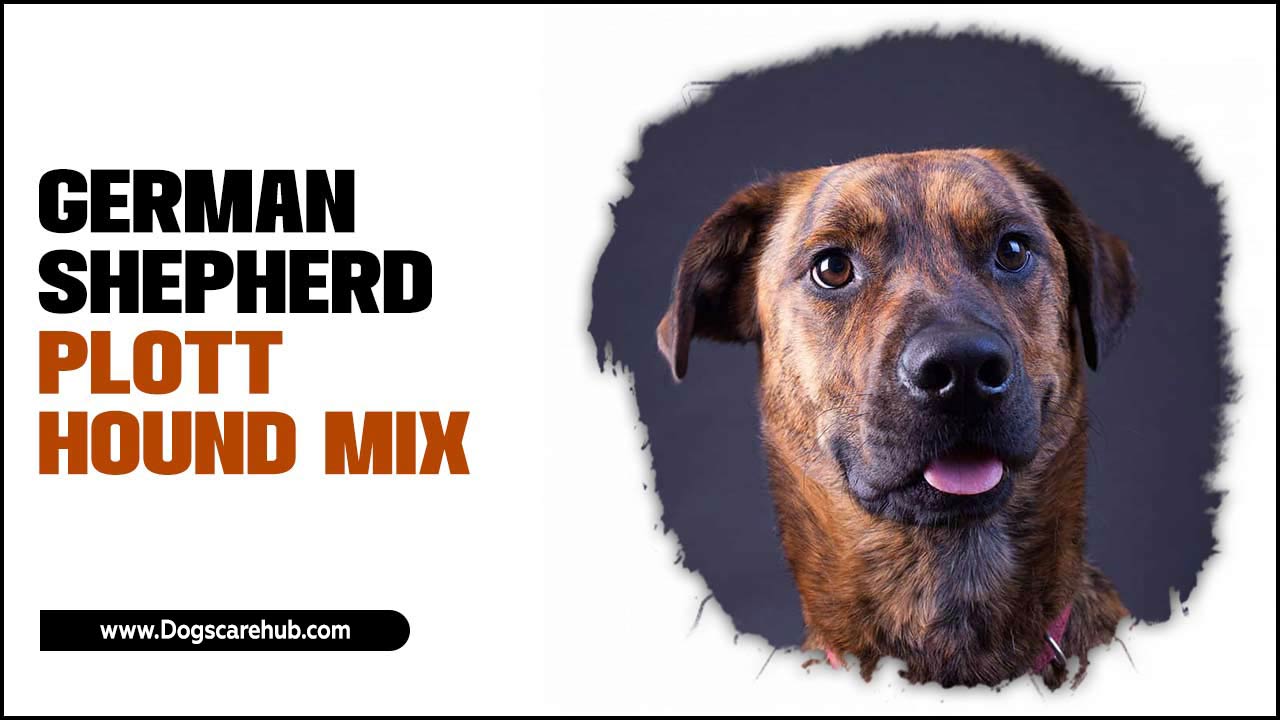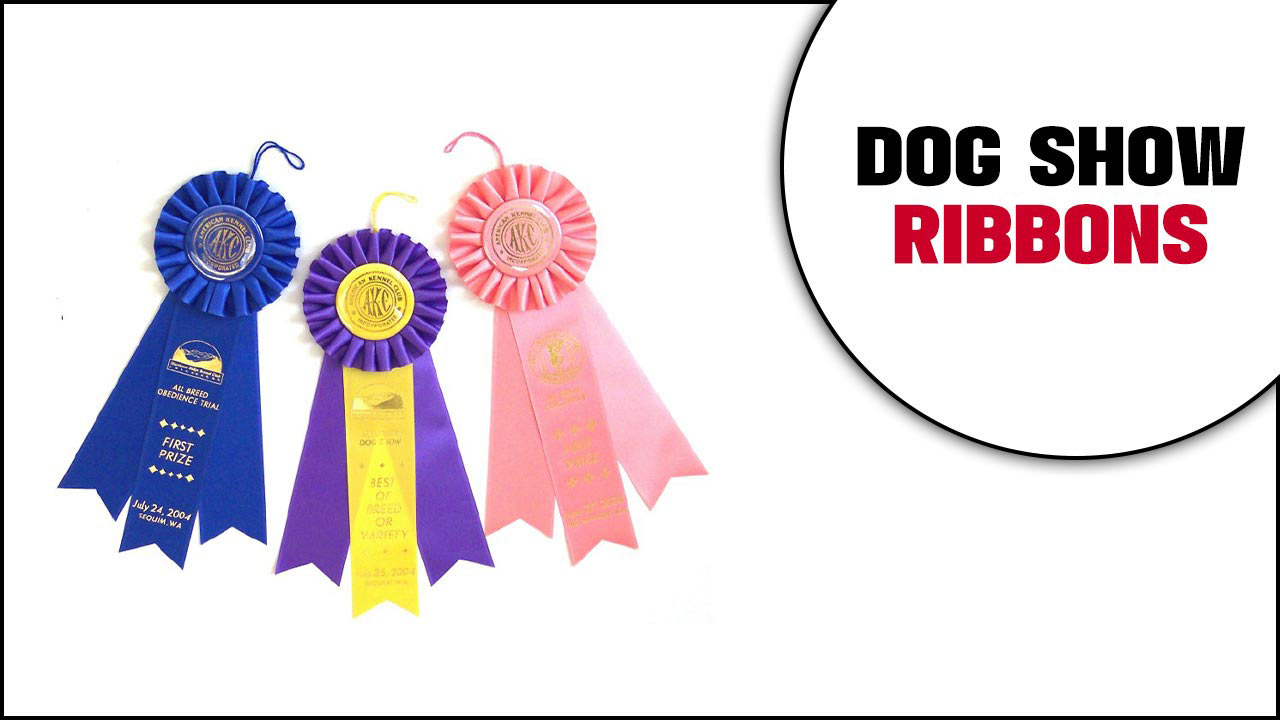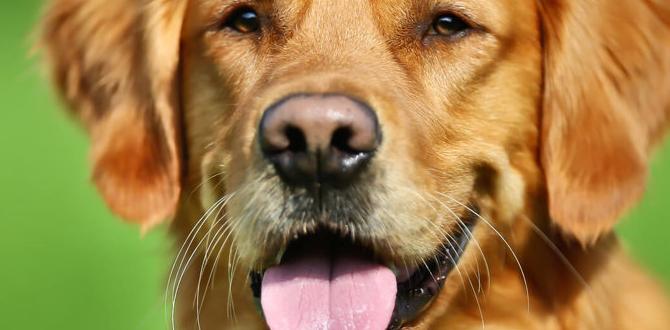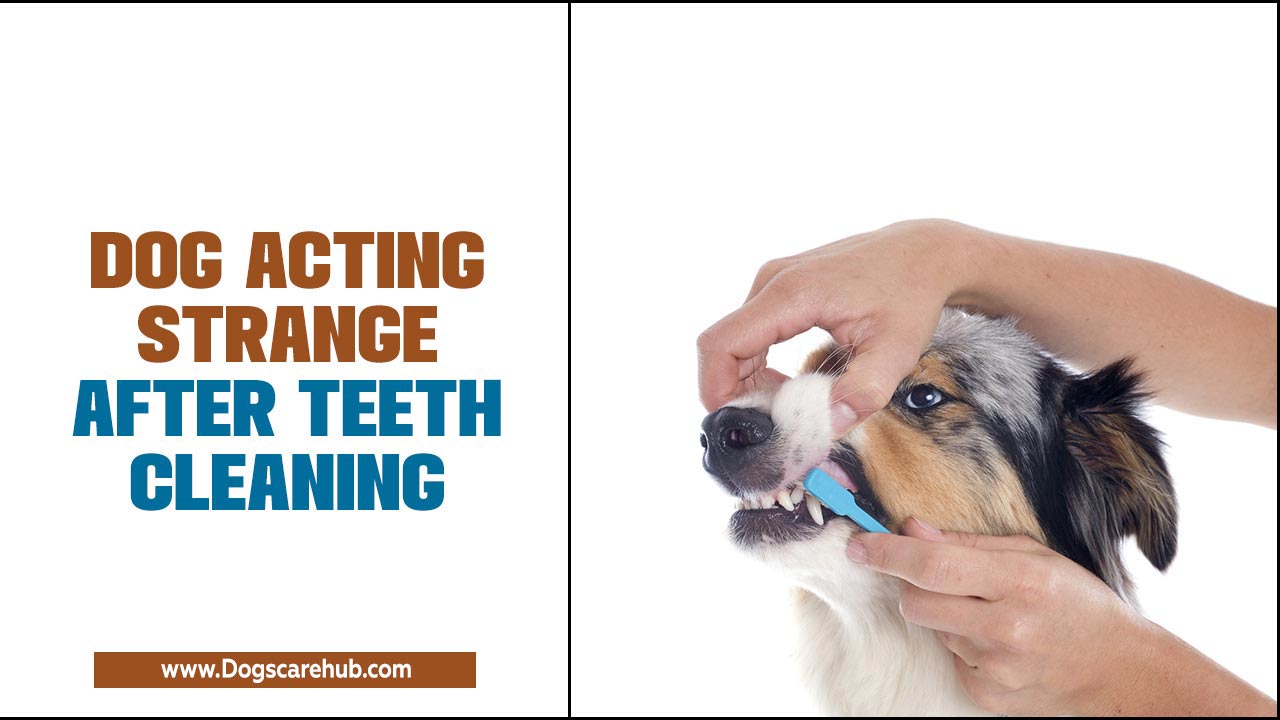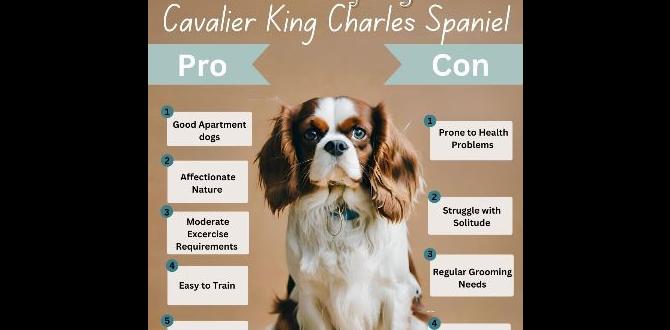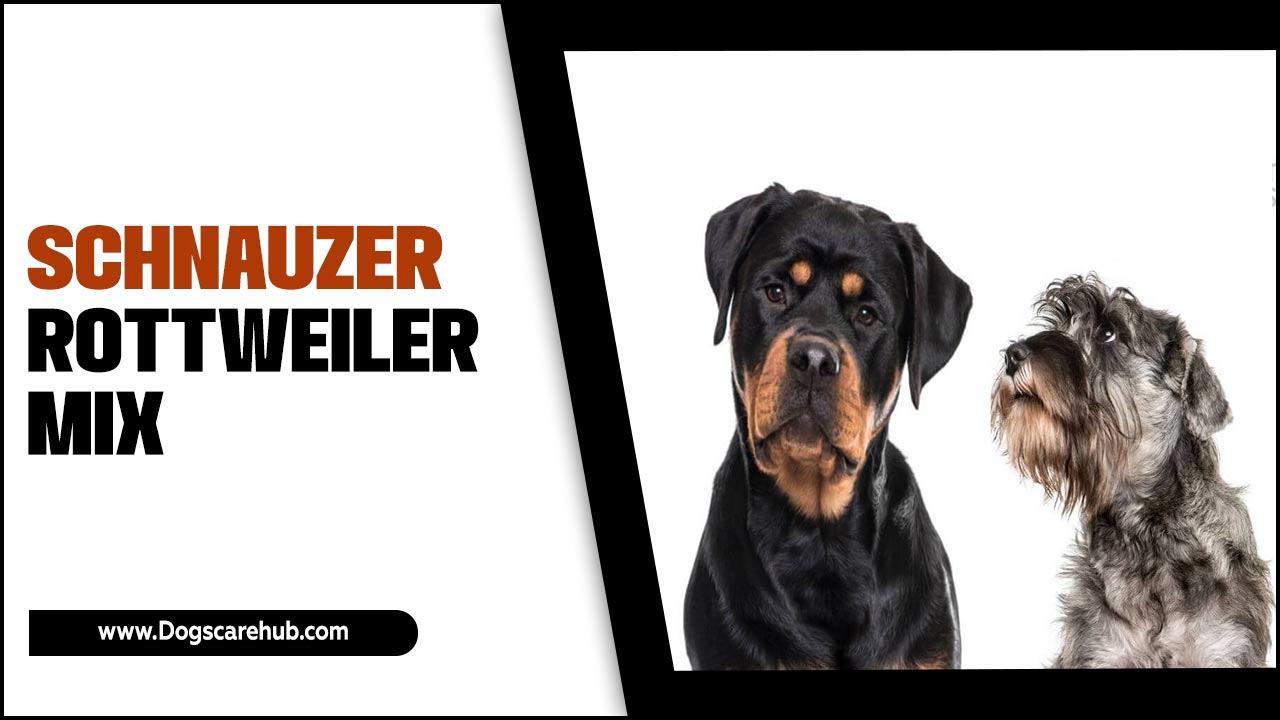Can’t stop your dog from chewing everything? Discover proven, essential solutions for common dog chewing habits. This guide offers practical tips and strategies to redirect your pup’s natural instincts, leading to a happier dog and a more peaceful home.
Phew! Welcoming a dog into your life is a joyous adventure, but sometimes, our furry friends have a secret life of chewing. From shoes and furniture to remote controls, it can feel like nothing is safe! If you’ve ever come home to a chewed-up surprise, you know how frustrating this can be. But don’t worry, you’re not alone. Chewing is a natural dog behavior, and understanding why they do it is the first step to finding the right solutions. We’ll walk through easy, effective ways to manage and redirect this habit, making life smoother for both you and your pup.
Why Do Dogs Chew? Understanding Their Natural Instincts
Chewing is more than just a habit for dogs; it’s a fundamental part of their world. Puppies explore their surroundings with their mouths, much like human babies use their hands. For adult dogs, chewing serves several important purposes. Understanding these can help us address the root cause of unwanted chewing.
Puppy Teething: The Gum Relief
When puppies are around 3 to 7 months old, they go through a teething phase. Just like human babies, their baby teeth fall out, and adult teeth come in. This process can be painful and uncomfortable, and chewing on things – especially cool or soft items – helps soothe their sore gums. You’ll notice them gnawing more intensely during this period.
Boredom and Energy: A Need for Stimulation
Dogs, especially energetic breeds or those left alone for long stretches, often chew out of boredom or excess pent-up energy. Chewing is an engaging activity that can provide mental and physical stimulation. If a dog isn’t getting enough exercise or mental engagement, they might turn to chewing as a way to entertain themselves.
Anxiety and Stress: A Coping Mechanism
Separation anxiety is a common reason for destructive chewing. When dogs are left alone, they may exhibit chewing as a way to cope with feelings of stress, fear, or loneliness. This type of chewing is often accompanied by other signs of anxiety, such as whining, barking, or house soiling.
Hunger and Nutritional Deficiencies
While less common, sometimes dogs may chew on non-food items if they are experiencing hunger or have a nutritional deficiency. This is often seen in puppies or dogs with specific dietary needs. It’s always a good idea to ensure your dog is on a balanced, high-quality diet appropriate for their age and breed.
Exploration and Play
For many dogs, chewing is simply a way to interact with and learn about their environment. They might pick up an object to investigate its texture, scent, or taste. It’s also a natural way for them to play and amuse themselves.
Identifying the Cause of Your Dog’s Chewing: A Detective’s Guide
To effectively tackle unwanted chewing, we first need to play detective and figure out why your dog is chewing. Observing your dog and their environment can provide crucial clues.
When Does the Chewing Happen?
When you’re home: Is it directed at specific objects near you, or random?
When you’re away: This strongly suggests separation anxiety.
During specific times of day: Could it be linked to boredom when you’re busy, or an evening energy surge?
After meals: This could point to nutritional needs or simply a habit to fill time.
What Are They Chewing?
Soft items (pillows, blankets): Often linked to anxiety or teething.
Hard items (furniture legs, doors): Can be a sign of strong chewing drive or boredom.
“Forbidden” items (shoes, mail): Usually driven by scent or a desire for attention, or simply because they are accessible and interesting.
Toys: This is good chewing! It means they have appropriate outlets.
Are There Other Signs?
Pacing, panting, whining (when alone): Points to anxiety.
Restlessness, excessive energy: Suggests boredom or lack of exercise.
Grams, trying to eat non-food items: Could indicate a nutritional issue or Pica.
By gathering these observations, you can start to form a hypothesis about the cause and then implement the most appropriate solutions.
Proven Solutions for Problematic Dog Chewing Habits
Once you have an idea of why your dog is chewing, you can implement targeted strategies. The good news is that most chewing issues can be managed with patience, consistency, and the right approach.
1. Provide Plenty of Appropriate Chew Toys
This is your first line of defense. Make sure your dog has a variety of safe and appealing chew toys available at all times. Different textures and types can keep them interested.
Durable Rubber Toys: Brands like Kong are excellent for stuffing with treats, providing a long-lasting challenge.
Nylon Chew Bones: Great for aggressive chewers who tend to destroy softer toys quickly.
Rope Toys: Good for gentle play and tug-of-war, but supervise to ensure they don’t ingest the strings.
Puzzle Toys/Food Dispensers: These toys require your dog to work to get treats out, offering great mental stimulation and a rewarding chewing experience.
Tip: Rotate toys regularly to keep them novel and exciting!
2. Redirect and Reward Good Choices
When you catch your dog chewing something they shouldn’t, don’t punish them. Instead, calmly interrupt them and immediately offer an appropriate chew toy.
Interrupt: A gentle, “Uh-uh” or a sharp clap can startle them without scaring them.
Redirect: As soon as they stop, give them their designated chew toy.
Reward: When they engage with their toy, praise them enthusiastically. “Good boy! You’re chewing your toy!” This positive reinforcement teaches them what you want them to chew.
3. Manage the Environment
Prevention is often the easiest way to stop unwanted chewing, especially for puppies and dogs with severe anxiety.
Puppy-Proofing: For young dogs, this means putting away anything that could be damaging or dangerous. Think shoes in closets, remote controls on high shelves, and electrical cords secured.
Confinement: When you can’t supervise, consider using a crate or a dog-proofed room. This is not a punishment but a safe space where your dog can relax without access to destructive items. Make the crate a positive place with comfy bedding and special chew toys.
Gate Off Areas: Use baby gates to restrict access to rooms where chewing is a frequent problem.
4. Increase Exercise and Mental Stimulation
A tired dog is a good dog! Many chewing problems stem from a lack of physical and mental outlets.
Physical Exercise: Ensure your dog gets enough daily walks, runs, or playtime. The amount varies by breed and age, but aim for at least 30-60 minutes of vigorous activity for most adult dogs. Explore dog parks, hiking trails, or even just energetic games of fetch in the yard.
Mental Stimulation: Engage your dog’s brain with:
Training Sessions: Short, fun obedience sessions can be very tiring for a dog.
Puzzle Feeders: As mentioned earlier, these make mealtime a mental challenge.
Nose Work Games: Hide treats around the house or yard and let your dog sniff them out.
New Experiences: Introduce them to new environments or safe dog playgroups.
According to the American Society for the Prevention of Cruelty to Animals (ASPCA), “Boredom and lack of physical and mental exercise are common contributors to behavioral problems, including destructive chewing.” Providing ample opportunities for your dog to expend their energy and engage their mind is crucial for preventing destructive behaviors.
5. Address Separation Anxiety
If you suspect separation anxiety is the culprit, it requires a more focused approach, often with professional guidance.
Desensitization: Gradually accustom your dog to your departures. Start with very short absences (seconds, then minutes) and gradually increase the time.
Avoid Elaborate Goodbyes/Hellos: Keep departures and arrivals low-key to avoid heightening their anxiety.
Provide Distractions: Leave safe, high-value chews or food puzzles for them before you leave.
Calming Aids: Consult your veterinarian or a certified applied animal behaviorist about options like pheromone diffusers, calming supplements, or in severe cases, medication.
For more in-depth information on managing separation anxiety, resources from veterinary behaviorists or organizations like the American Veterinary Society of Animal Behavior (AVSAB) can be invaluable. They often provide detailed protocols for treatment.
6. Rule Out Medical Issues
While chewing is often behavioral, it’s essential to rule out any underlying medical causes.
Nutritional Deficiencies: As mentioned, some dogs might chew non-food items if their diet is lacking.
Dental Problems: Pain in the mouth can lead to excessive chewing or gnawing.
Gastrointestinal Issues: Sometimes dogs chew to induce vomiting if they have an upset stomach.
If your dog’s chewing is sudden, obsessive, or involves eating non-food items (a condition called pica), a veterinary check-up is highly recommended.
Chewing Habits by Dog Age: What to Expect
Understanding how chewing habits evolve with age can help you manage expectations and tailor your approach effectively.
Puppies (Up to 1 Year)
Primary Drivers: Teething discomfort, exploration, learning about the world, and high energy.
Key Solutions: Provide a variety of puppy-safe chew toys, puppy-proof your home, redirect constantly, and offer plenty of exercise and socialization. Dental chew toys can be particularly helpful.
Expectation: Chewing is normal and will decrease as teething subsides and they learn boundaries.
Adult Dogs (1-7 Years)
Primary Drivers: Boredom, stored energy, anxiety (especially separation anxiety), and learned habits.
Key Solutions: Consistent exercise, mental stimulation (training, puzzles), ensuring appropriate chew toys are available, and managing environmental triggers for anxiety.
Expectation: Chewing should be manageable and primarily directed towards toys, with minimal destructive behavior if needs are met.
Senior Dogs (7+ Years)
Primary Drivers: Dental pain, cognitive dysfunction (similar to dementia in humans), potential boredom if activity levels decrease, or anxiety can resurface or develop.
Key Solutions: Soft, easy-to-chew toys, regular dental check-ups, gentle mental engagement, and consulting a vet if cognitive changes are suspected. Pacing their exercise is important.
Expectation: Chewing might change; focus on comfort and addressing any pain or confusion.
Tools and Products to Help Manage Dog Chewing
Having the right tools can make a significant difference in managing your dog’s chewing habits.
| Tool/Product | Purpose | How to Use | Best For |
| :———————– | :———————————————————– | :————————————————————————————- | :———————————————- |
| Interactive Toys | Distraction, mental stimulation, reward | Stuff with treats, kibble, or peanut butter. | Boredom, anxiety, rewarding good behavior. |
| Durable Chew Toys | Satisfying natural chew drive, saving furniture | Offer as an alternative to unwanted items. | All ages, especially strong chewers. |
| Crate/Dog Bed | Safe confinement, den for security | Make it comfortable and positive. Introduce gradually. | Puppies, dogs with anxiety, unsupervised times. |
| Bitter Sprays | Deterrent for chewing inappropriate items | Spray on furniture legs, cords, etc. (Test in an inconspicuous area first). | Redirecting chewing away from specific items. |
| Training Treats | Rewarding good behavior and redirects | Use for praising chewing appropriate toys or during training sessions. | Reinforcing desired actions. |
| Leash & Harness | Essential for walks and training | Provides control and allows for exercise, a key solution to pent-up energy. | All dogs, promotes physical activity. |
| Puzzle Feeders | Slows down eating, provides mental challenge | Fill with kibble or treats. | Boredom, overeaters, mealtime engagement. |
Remember to always supervise your dog with new toys and products to ensure their safety. Discard any damaged toys.
Is It Ever Too Late to Fix Chewing Habits?
Absolutely not! It is almost never too late to address chewing habits. While puppies are more impressionable, adult dogs can learn new behaviors and break old habits with consistent training and management. The key is patience and understanding.
For adult dogs: The strategies remain the same: identify the cause, provide alternatives, manage their environment, and ensure their needs for exercise and mental stimulation are met. You might need to be extra consistent as they’ve had the habit for longer.
* For senior dogs: While physically they might not be as robust, their capacity to learn and adapt is still present. Focus on comfort, gentle engagement, and addressing any underlying medical issues contributing to unusual chewing.
The foundation of success is positive reinforcement and building a strong bond with your dog. When your dog trusts you and understands what you want, they are much more likely to cooperate.
Frequently Asked Questions about Dog Chewing Habits
Q1: My puppy chews constantly, even when I try to give them toys. What am I doing wrong?
It’s very common for puppies to chew a lot, especially when they are teething. Make sure you have a variety of puppy-safe chew toys with different textures. Try to make their toys more appealing than household items by praising them enthusiastically when they chew their toys and redirecting them whenever they go for something inappropriate. Ensure they are getting enough exercise and playtime, as this can help expend their energy.
Q2: My adult dog only chews when I leave them alone. Is it separation anxiety, and how can I fix it?
Chewing only when left alone is a strong indicator of separation anxiety. This is a common issue that requires patience and a systematic approach. Start by making your departures and arrivals low-key. Provide a high-value chew toy or puzzle filled with treats right before you leave. Gradually increase the time you are gone, starting with just a few seconds and slowly working up. If this proves difficult or your dog shows other signs of distress, consult your veterinarian or a certified professional dog trainer specializing in behavior. For more detailed guidance, resources like the American Veterinary Society of Animal Behavior (AVSAB) offer excellent protocols.
Q3: My dog is an aggressive chewer and destroys toys quickly. What kind of toys are safest and most durable?
For aggressive chewers, look for toys made of extremely durable materials like hard rubber (e.g., certain types of Kong toys) or reinforced nylon. Avoid soft plush toys or those with small, easily detachable parts. Always supervise new toys to ensure your dog doesn’t break off and ingest pieces. Regularly check toys for wear and tear and discard them if they become damaged.
Q4: I’ve tried everything, but my dog still chews my shoes. How do I stop this?
The most effective way to stop a dog from chewing specific forbidden items like shoes is through environmental management and consistent redirection. Ensure shoes are stored out of reach in closets or cabinets. When you catch your dog going for a shoe, calmly interrupt them with a gentle “no” or a clap, and immediately offer them an appropriate chew toy. Lavish praise and attention on them when they engage with their toy. Punishment can be counterproductive, so positive reinforcement for chewing the right things is key.
Q5: My elderly dog has started chewing again after years of good behavior. What could be the cause?
Changes in chewing behavior in senior dogs can have several causes. Dental pain is a common one, so a veterinary check-up is advisable. Cognitive dysfunction syndrome, which is similar to dementia, can also lead to behavioral changes, including increased chewing or chewing inappropriate items. Boredom due to reduced activity levels can also play a role. Discussing these changes with your veterinarian is the best first step to identify and address the underlying issue.
Q6: Can bitter sprays really stop my dog from chewing furniture?
Bitter sprays can be a helpful deterrent for some dogs, especially when used in conjunction with other strategies. They work by making objects taste unpleasant. However, some dogs are not deterred by the taste, and it doesn’t address the root cause of the chewing. They are most effective when used on items you want to protect, while simultaneously providing appealing alternatives and ensuring the dog’s needs for exercise and mental stimulation are met. Always test the spray in an inconspicuous area to ensure it doesn’t damage the furniture.
Q7: How much exercise does my dog need to reduce chewing from boredom?
The amount of exercise varies significantly by breed, age, and individual energy level. A general guideline for many adult dogs is 30-60 minutes of vigorous activity daily, which could include brisk walks, running, or energetic play sessions. For high-energy breeds like Border Collies or Huskies, much more might be needed. Equally important is mental stimulation – short training sessions, puzzle toys, and scent games can be as tiring as physical exertion. When in doubt, consult your veterinarian or a professional trainer for breed-specific recommendations.
Conclusion: Building a Happier, Chewing-Conscious Household
Managing your dog’s chewing habits is a journey, not a race. By understanding the “why” behind their behavior, you’re already halfway to finding effective solutions. Remember, chewing is a natural and often essential dog behavior. Our goal isn’t to eliminate it entirely, but to redirect it towards appropriate outlets while ensuring our homes and belongings remain safe.
Through consistent training, providing ample appropriate chew toys, managing their environment, and meeting their needs for exercise and mental stimulation, you can transform destructive chewing into a positive, manageable aspect of your dog’s life. Celebrate the small victories, stay patient, and don’t hesitate to seek professional guidance if you’re struggling. With a little effort and a lot of love, you can foster a peaceful coexistence where your dog’s natural instincts are satisfied without causing chaos!
Meet Elyse Colburn, the devoted canine companion and storyteller behind the enchanting world of “Tales, Tails, and Adventures Unleashed.” A passionate dog enthusiast with a heart full of paw prints, Elyse Colburn shares heartwarming tales and insightful adventures, celebrating the joy, loyalty, and endless antics that make every dog a true hero. Join Elyse Colburn on this tail-wagging journey, where every post is a love letter to our four-legged friends.


